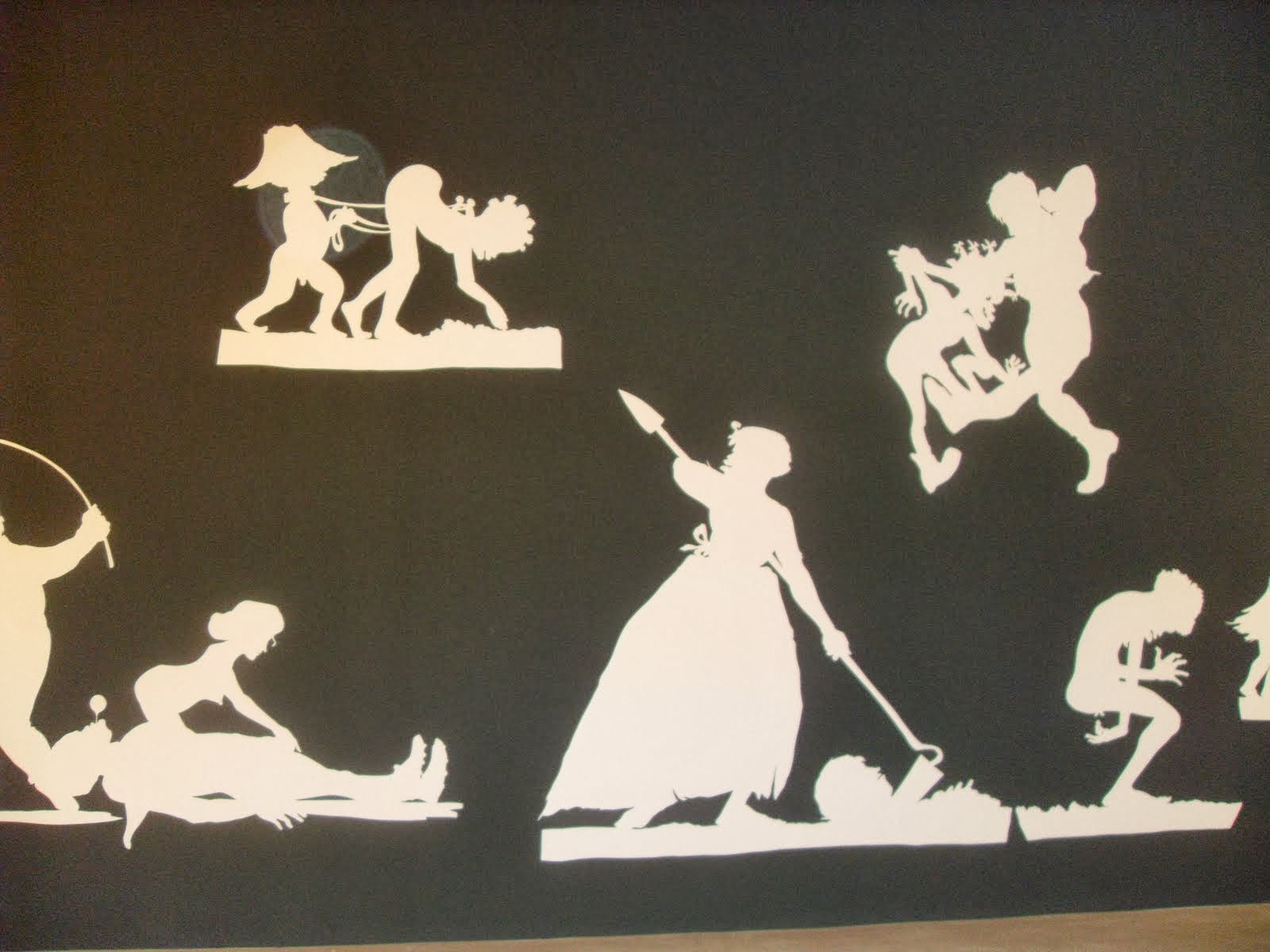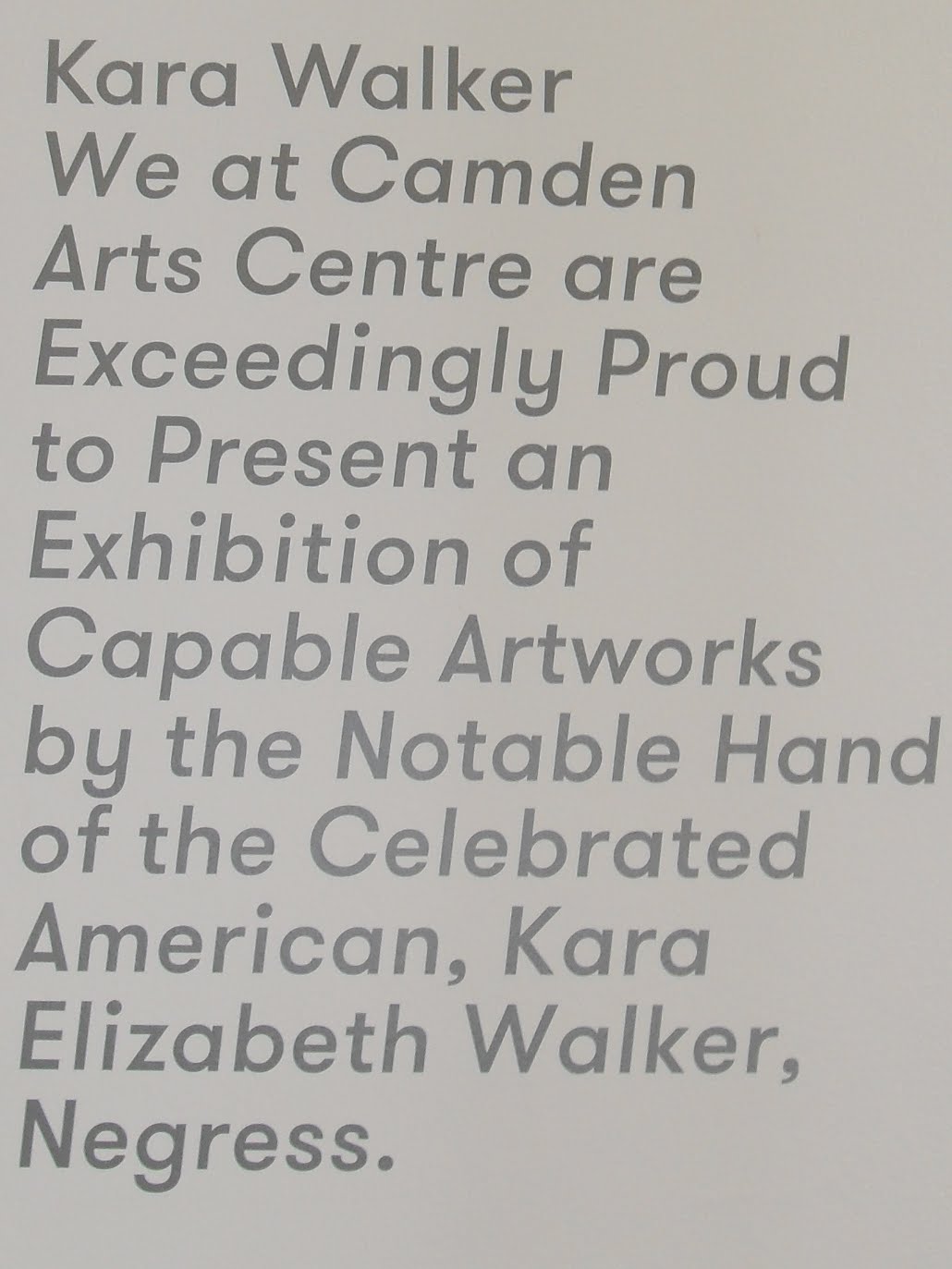I paid a second visit to the Royal Academy Mexico show when its Australia show had started, which prompted me to wonder why the Mexico show - A Revolution in Art 1910-1940 - seemed very "Mexican" while the Australia show - covering the later 18th-century to the present - by and large didn't feel very "Australian".
By this I mean that the Mexican works marked the period when Mexican artists moved away from European models and developed a style which still defines Mexico for many people - strong colours and shapes, unsentimental depictions of peasants and workers. The show has many works by the large number of artists who visited Mexico in this period, but the subjects are set in Mexico (not surprisingly, as otherwise why visit?), as are the numerous photographs by Mexican and visiting photographers (including Henri Cartier-Bresson and Robert Capa). There is no doubt at all which country is being showcased.
The international interest was originally sparked by Mexico's ten year revolution and its aftermath, at the time a social, political and economic cataclysm which was only equalled in Russia. But native and visitor artists alike clearly found Mexico visually as well as politically inspiring. The exhibition certainly brings home the extent to which European and American artists and photographers both worked there and brought Mexican art home, including the surrealist Andre Breton. This helps to explain the international reputations of Mexican artists like Diego Rivera and Frieda Khalo (both represented here). I was not expecting that a the large proportion of the show was taken up by photographs, though perhaps it should be no surprise that photographers should be drawn to Mexico during the golden age of photojournalism. I found the work of Tina Modetti particularly impressive. Another surprise was to find two fairly large gouaches by Edward Burra, partly because I did not know he visited Mexico, but partly because I associate him with quite small works usually showing the urban marginalised, whereas the two works shown here of the three he did of Mexican subjects (never before shown together) are of a church interior (
Mexican church) and what looks like a small town street scene (
El Paseo).
 |
| Edward Burra's El Paseo |
The
Australia show covers a much longer period, and the earlier works demonstrate that their artists were still in thrall to Europe, emigrants who perhaps did know how to get to grips with a very different environment. The result is paintings which often need close scrutiny to realise these are not European landscapes, and, though often accomplished enough and of historical interest, inevitably seem derivative. Unlike Mexico, Australian artists continued in the European manner into the early 20th-century: although the subjects became more recognisably Australian, the style follows Northern Hemisphere and still feel rather derivative. I did admire a group of very accomplished watercolours, J J Hilder's
Dry Lagoon in particular. I also found Grace Cossington-Smith interesting; she introduced postimpressionism to Australia but had a strong individual style which makes her anything but a slavish follower.
Nevertheless, to me the mid-20th-century art is the strongest in the exhibition, and the first to be recognisably Australian. Sydney Nolan's Ned Kelly paintings are already well known in the UK, and the selection shown here are as strong and striking as ever. (I have to admit he was the only Australian artists I knew before this show.) The later work first concentrates on the yellows and browns of the outback, apparently ignoring the areas where most Australians actually live, and then there is contemporary work which fits into the "International" mould seen everywhere. In both cases there is interesting work - I enjoyed works by Margaret Preston, Russell Dryscale, Jeffrey Smart, Fred Williams, Bill Henson, Denis Nona, Fiona Hall and Danie Mellor - but the overall impression is not particularly striking in relation to the number of works on show (this is quite a big exhibition).
I have not mentioned the exhibits which are iconically Australian to most people - the aboriginal art. There are two problems with this kind of art: firstly, it is very difficult for a European to interpret these paintings, as their original meanings relate to religious and other practices usually unknown to the viewer, so the tendency is to treat them as decorative objects. Thus they may be admired for the "wrong" reasons. The other problem is that these are modern versions of art which was site specific - painted on rocks or on the body for example, not on bark and therefore transportable as they are here. It can be argued they lose their force when divorced from their original settings, and like any modern art it can be painted purely for the market or be the expression of a personal vision. The trouble is that the European audience is unlikely to know the difference. All I can say, therefore, is that while I found much of this work attractive but rather repetitive, it may be of more sociological and economic significance than artistic. I would rather see aborigines successfully work in mainstream art - as Albert Namatjira does in this show - but if individuals can make a living producing this kind of art good luck to them.
 |
| Albert Namatjira's Central Australian Landscape (1950s) |
The
Mexico show has gone down much better with the critics than
Australia. I think the latter suffered by aiming at being a showcase for Australian art over the time of European immigration, when there really isn't enough really good quality work to justify such a large show. The early landscapes in particular could have done with a cull, and many critics wondered why the end of the show consisted of just one work by a large number of contemporary artists. All done for reasons of national pride no doubt, but I think it backfired. Still, I did find it interesting to see what was produced in an area which was for a long time very much cut off from the rest of the world and there was definitely some work which was well worth seeing.
Conversely, the
Mexico show benefited by concentrating on one period of intense productivity, a period which is already known to European audiences but brings something new by emphasising the historical context and the resultant interest from abroad. I suspect this show was based on purely art historical and curatorial impulses, whereas the
Australia show probably had a large political and Australian art establishment input. Maybe another show in a few decades may fare better, though by then it might be taking place in Shanghai rather than London.




































